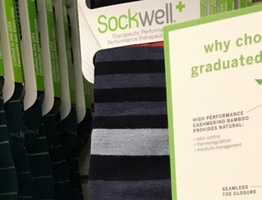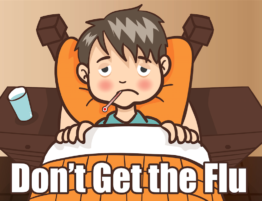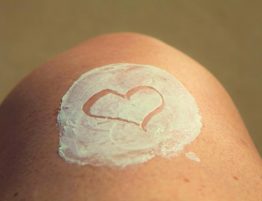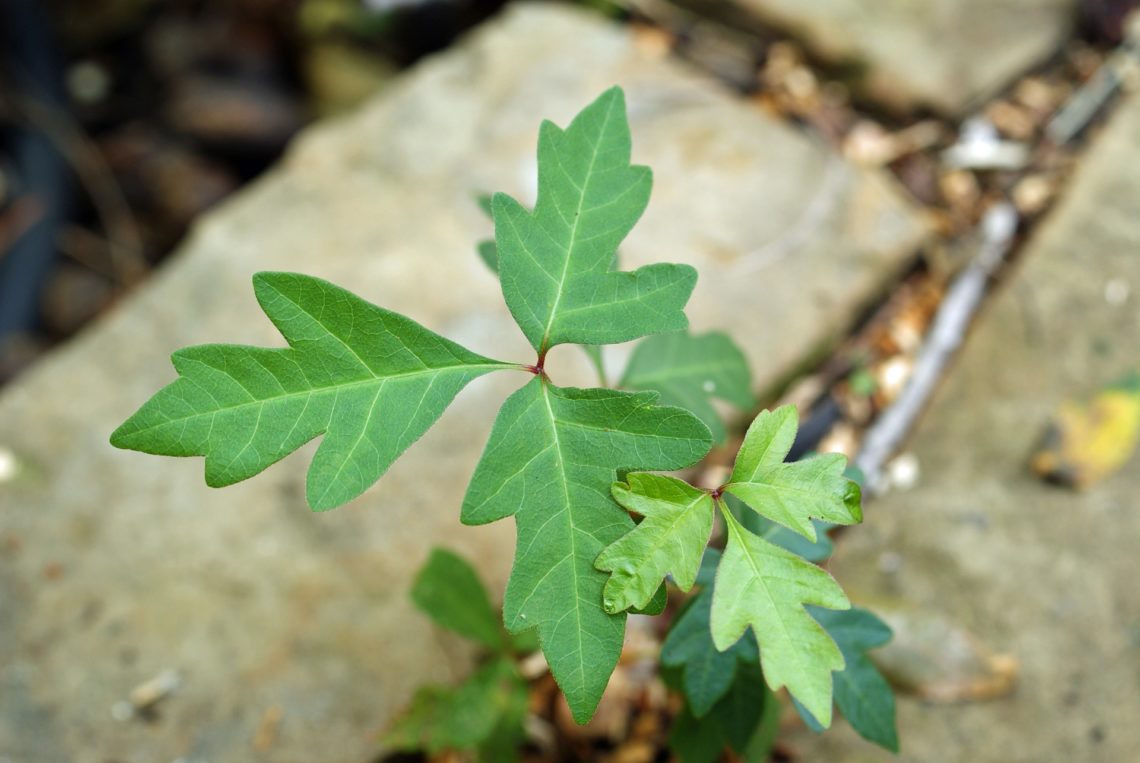
Summer time is here and we are seeing many patients who have had unfortunate encounters with poison ivy, oak and sumac. Most people are allergic to the plants’ oily sap called urushiol. If it gets on your skin, it can cause an itchy rash that can lead to other possible complications. Here are some important things that you should know about encountering these poisonous plants.
What do poison ivy, poison oak, and poison sumac look like?
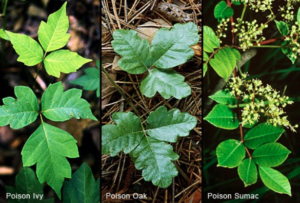
Poison ivy grows in clusters of three pointed leaves connected to a single stem and has a solid green color that can change into yellow or red as the seasons change. You can find poison ivy as a vine or a shrub. Poison oak also grows in clusters of three leaves except the leaves of a poison oak plant resemble the rounded leaves of the oak tree. Poison oak usually grows as a shrub but can also be found as a vine. Poison sumac has 7 to 13 leaflets per stem and grows as a shrub or small tree. The leaves of poison sumac are round with pointed tips.
What happens if I come into contact with poison ivy, poison oak, or poison sumac?
Most people will have an allergic reaction to the urushiol oil of the plant. An itchy, blistering rash will develop after 24 to 72 hours of contact and can last for several days to several weeks. The rash
looks like patches or streaks of red, raised blisters that may ooze liquid. Keep in mind that the rash itself is not contagious…it is the oil from the plants. The rash does not spread to other parts of the body unless the urushiol oil is still in contact with your skin.
How do I treat the rash?
You can treat the rash at home if it is a mild case. Start by rinsing your skin with lukewarm, soapy water as soon as you can after touching poison ivy, oak, or sumac. The goal is to remove the oil from your skin so it won’t spread. Since the oil can stick to many surfaces, make sure to wash your clothes, pets, and any objects that may have oil on it in hot water (even the shoestrings you were wearing). There are special cleansers available to remove urushiol oil from skin, clothing, pets, and objects, and these may be helpful for more sensitive patients or extreme exposure. Although it may be very tempting, try not to scratch the rash and leave the blisters alone as this could lead to infection. To relieve itching, apply calamine lotion or hydrocortisone cream to the affected area. You can also take antihistamine pills, such as diphenhydramine, by mouth. However, antihistamine creams should NOT be applied topically to the skin because it can worsen the rash and the itch. Cool compresses and short, cool showers can ease itching too. See a doctor or dermatologist if the rash does not improve after 7 to 10 days.
When should I seek medical treatment?
If you or someone are experiencing a severe allergic reaction to poison ivy, poison oak, or poison sumac, immediately go to the emergency room. Severe allergic reactions are life-threatening and may include:
- Difficulty breathing or swallowing.
- Multiple rashes or blisters.
- Rash that covers more than 25 percent of the body.
- Swelling, especially if the eyelids swell shut.
- Rash that develops on the face or genitals.
- Excessive itching with no relief despite treatment.
If your rash becomes infected, you should go see a doctor or a dermatologist. Signs of infection includes fever or pus, pain, swelling, and warmth around the rash.
How do I protect myself from poison ivy, poison oak, and poison sumac?
The best way to avoid getting a rash is to know what the plant looks like and avoid it. Wear long sleeves and long pants when you know that you are going to come in close contact with plants. To prevent rashes, there are different products available that can be applied to the skin before contact.
If you have any further questions, concerns, or would like assistance with OTC treatment recommendations, feel free to contact one of our Valu-Med pharmacists at (405) 741-1200.



